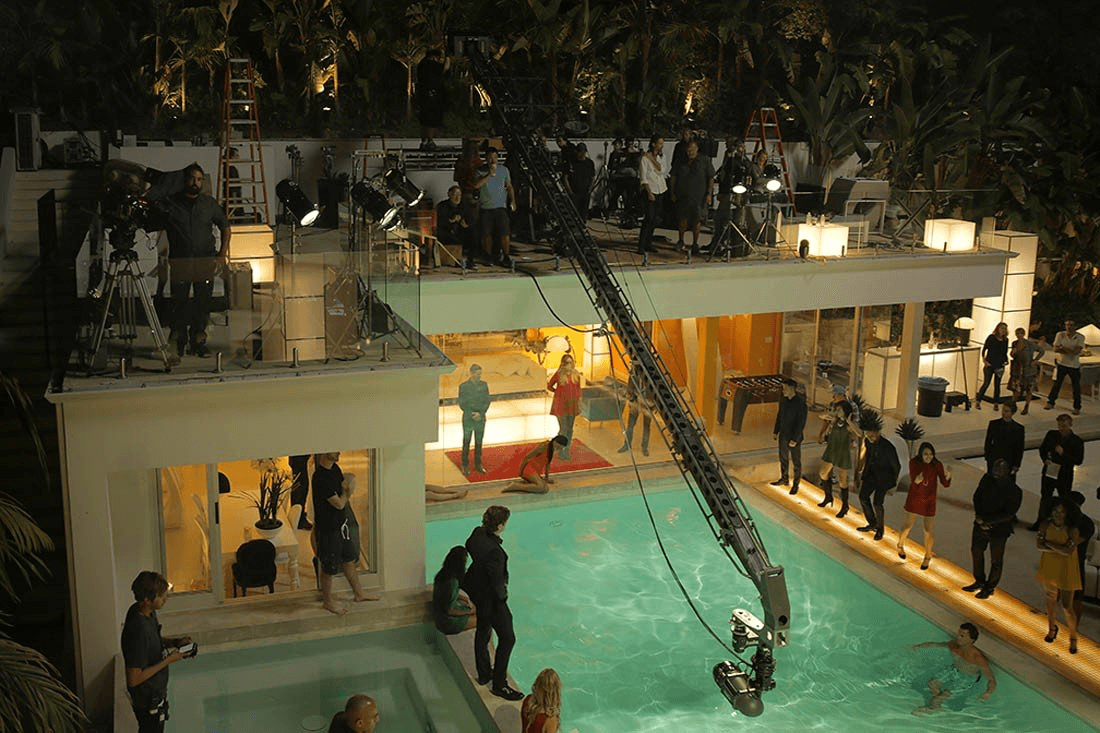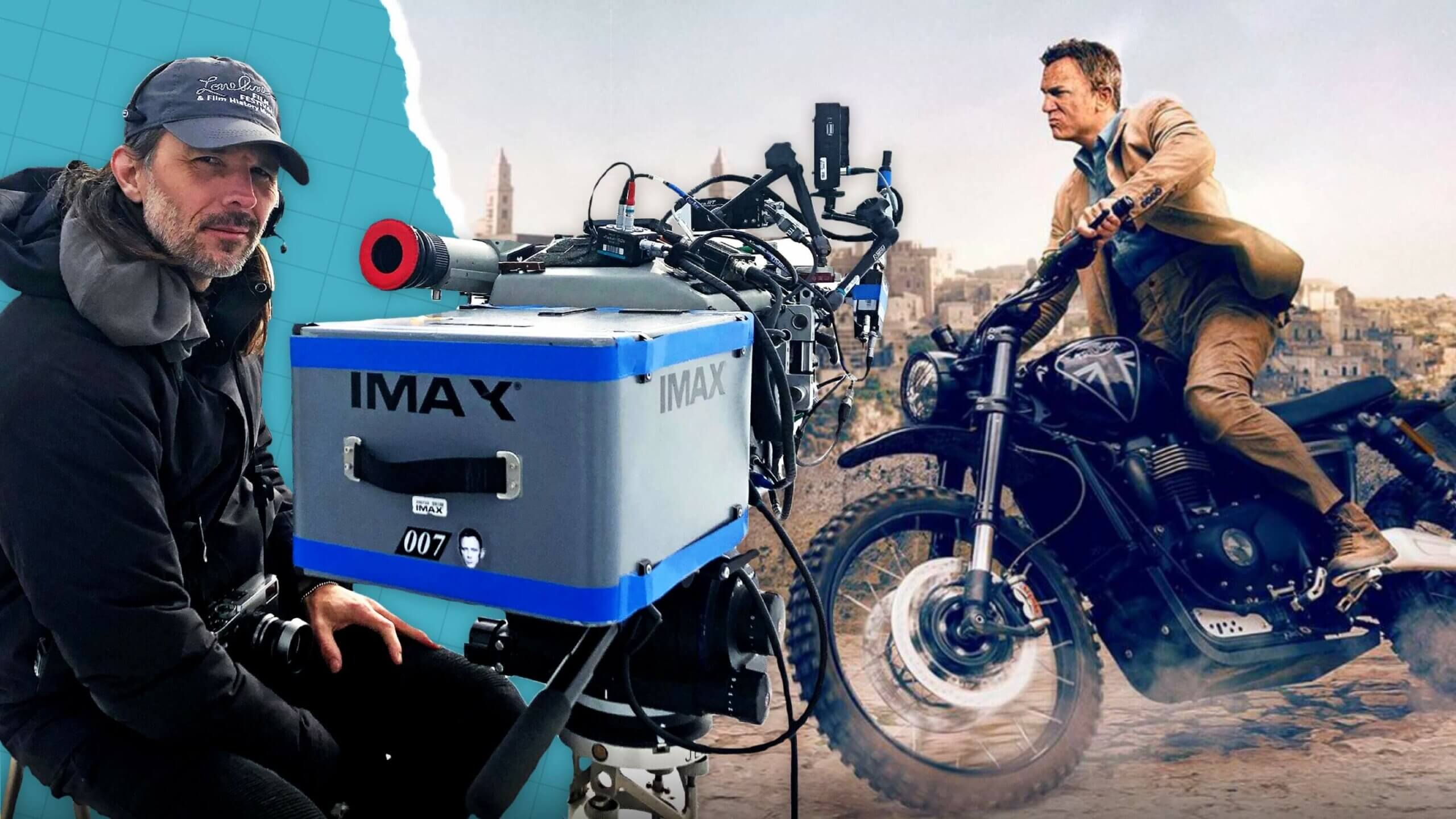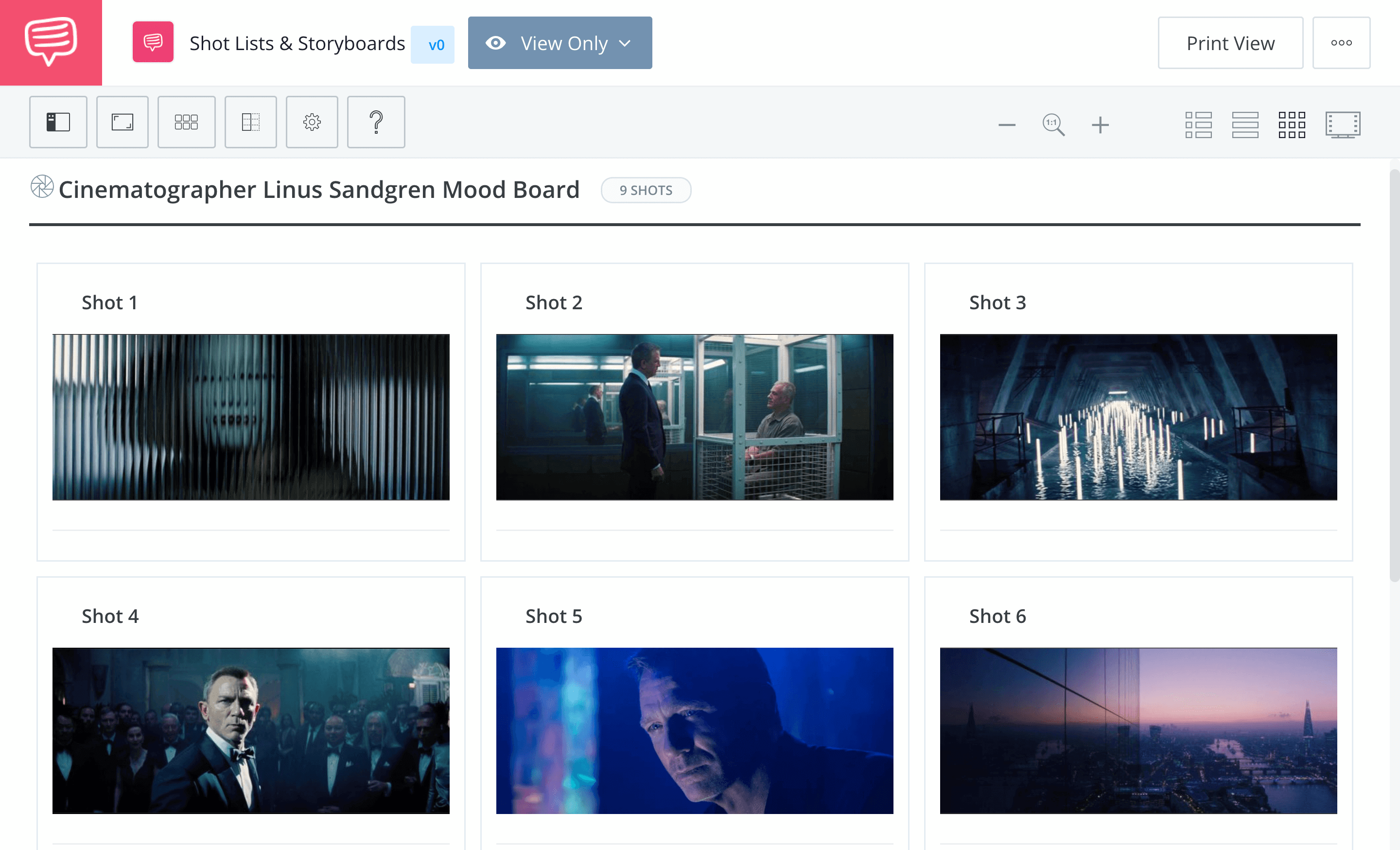Over the years, Linus Sandgren has made a name for himself as one of the world’s preeminent masters of cinematography. We’re going to explore Sandgren’s exemplary work with the goal of better understanding how his different cinematographic techniques better the visual feel of their films. By the end, you’ll know some of Sandgren’s greatest works, as well as what makes them great.
Linus Sandgren Cinematography
Meet Linus Sandgren
Any list of today's most promising cinematographers would contain the name Linus Sandgren. After getting his start in Swedish productions, his Hollywood track record has been impressive. And as the profile of his films expands from character-driven dramas to high-budget action, Sandgren is also proving his versatility. So, let's run through some of his best work and what makes him a DP to watch out for.
LINUS SANDGREN BIOGRAPHY
Who is Linus Sandgren?
Linus Sandgren is an Academy Award-winning Swedish cinematographer who’s worked with some of the most venerated filmmakers in the world, including Damien Chazelle, David O. Russell, and Cary Joji Fukunaga.
Major Linus Sandgren Movies
- Storm (2005), directed by Måns Mårlind and Björn Stein
- Promised Land (2012), directed by Gus Van Sant
- American Hustle (2013), directed by David O. Russell
- The Hundred-Foot Journey (2014), directed by Lasse Hallström
- Joy (2015), directed by David O. Russell
- La La Land (2016), directed by Damien Chazelle
- Battle of the Sexes (2017), directed by Jonathan Dayton and Valerie Faris
- First Man (2018), directed by Damien Chazelle
- No Time to Die (2021), directed by Cary Joji Fukunaga
- Don’t Look Up (2021), directed by Adam McKay
Linus Sandgren Cinematography
La La Land cinematography analysis
The La La Land cinematography almost seems like a joke; the Cinemascope 2:55:1, the elaborate whip pans, the perfect lighting – I could go on and on. In truth, Sandgren wasn’t the only one responsible for the brilliant visual look of La La Land – but he was a driving force.
This scene does a great job of demonstrating cinematographers, directors, production designers, and actors working at the top of their game.
La La Land Lighting & Cinematography • Someone in the Crowd
And since the scene cuts out before one of my favorite shots, I embedded it here:

La La Land Cinematography • Dancing in the Snow
The lighting team on La La Land hid lights behind trees and other parts of the environment to (unobtrusively) light the scene.
Here’s a behind the scenes photo, via Lionsgate:

La Land Lighting, via Lionsgate
The end result, as you’ve seen, is a truly bright scene that explodes with color. Of course, it would be naive to think there wasn’t a LOT of color grading done in post. Still, it’s clear from the very first scene that the movie wasn’t aiming for a naturalistic feel, as evidenced by the traffic-stopping musical number on the 110 freeway.
In this next video, Sandgren discusses some of the challenges involved with shooting La La Land. Topics include the blocking and staging of the dance scene, how to transition between the more "magical" moments, and planning to shoot the night scenes to get the perfect light.
Linus Sandgren on the La La Land Cinematography • The Movie Times
Ultimately, Sandgren saw the fruits of his labor come to fruition at the 2017 Oscars where he won the Academy Award for Best Cinematography.
Related Posts
Linus Sandgren Cinematographer
Cinematography shaken, not stirred
The best James Bond films – especially during the Daniel Craig era – have been known to feature some stunning cinematography. Phil Méheux (Casino Royale), Roberto Schaefer (Quantum of Solace), Roger Deakins (Skyfall), and Hoyte van Hoytema (Spectre), are some of the most recent cinematographers to work on the franchise.
No Time to Die director Cary Joji Fukunaga was reportedly so impressed by Sandgren’s work on First Man that he personally asked the cinematographer to join the project.
Sandgren happily accepted the call and began work on visualizing the script written by Neal Purvis, Robert Wade, Phoebe Waller-Bridge, and Fukunaga.
For more on Sandgren’s approach to directing photography in No Time to Die, check out the video featurette below.
No Time to Die Linus Sandgren Featurette
It’s clear from Sandgren’s work on No Time to Die that the strategy of approaching each scene with a distinct visual feel paid off. The use of color palettes in particular lends a true connection to different locations.
Sandgren also describes the process of visualizing the film’s scenes before approaching the set. “I would make mood boards for different locations and communicate with Cary [Joji Fukunaga] to see how he felt about them,” Sandgren said.
We imported a series of stills from No Time to Die into StudioBinder’s storyboard creator software to see how Sandgren might have visualized the production. Click the link below to see some iconic shots taken from around the world!No Time to Die Cinematographer Linus Sandgren • Mood Board
The sheer variety of visual techniques, from chiaroscuro to mise en scene to framing, is simply remarkable. James Bond’s moviegoers pay money to see big stars and visceral action – but they also pay money to see stunning visuals. Sandgren, like van Hoytema and Deakins before him, didn’t disappoint.
UP NEXT
Rodrigo Prieto Cinematography Style
Linus Sandgren isn’t the only cinematographer with a unique visual style. Up next, we break down Rodrigo Prieto’s cinematography style by looking at examples from The Wolf of Wall Street, Silence, and more! By the end, you’ll know who Rodrigo Prieto is and why he’s such a sought-after cinematographer.
Up Next: Prieto Style →
Showcase your vision with elegant shot lists and storyboards.
Create robust and customizable shot lists. Upload images to make storyboards and slideshows.


